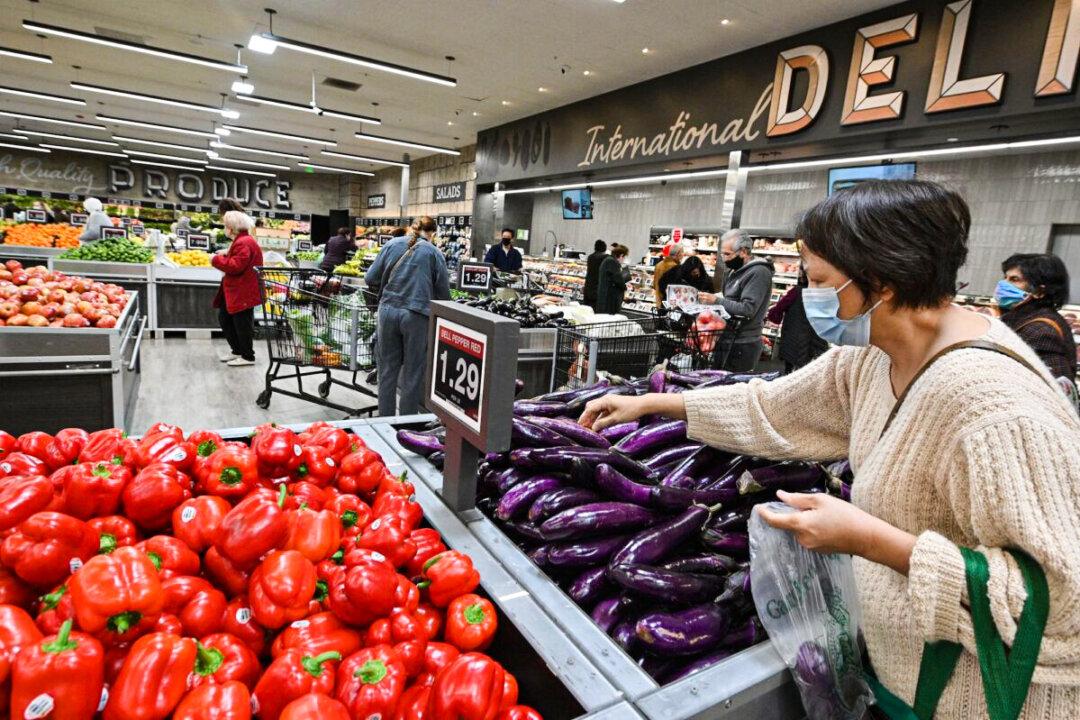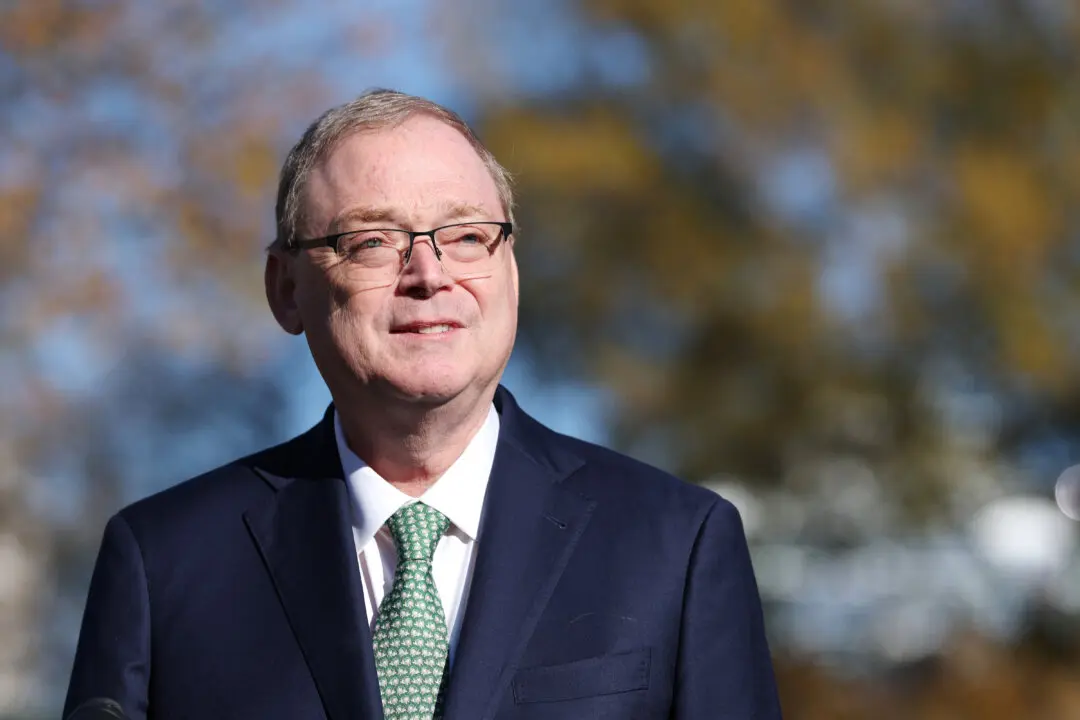A new report shows U.S. adults say inflation is the greatest obstacle to reaching financial security in retirement, while 44 percent think Social Security won’t be there when they need it and just 55 percent say the American Dream “is still alive and well.”
These are among the key findings from the 2022 Planning and Progress Study, an annual study released on May 18 by Northwestern Mutual. The report examines Americans’ attitudes and behaviors toward money and financial decision-making, while exploring broader issues around long-term financial security, including the impact of the pandemic and surging prices.





